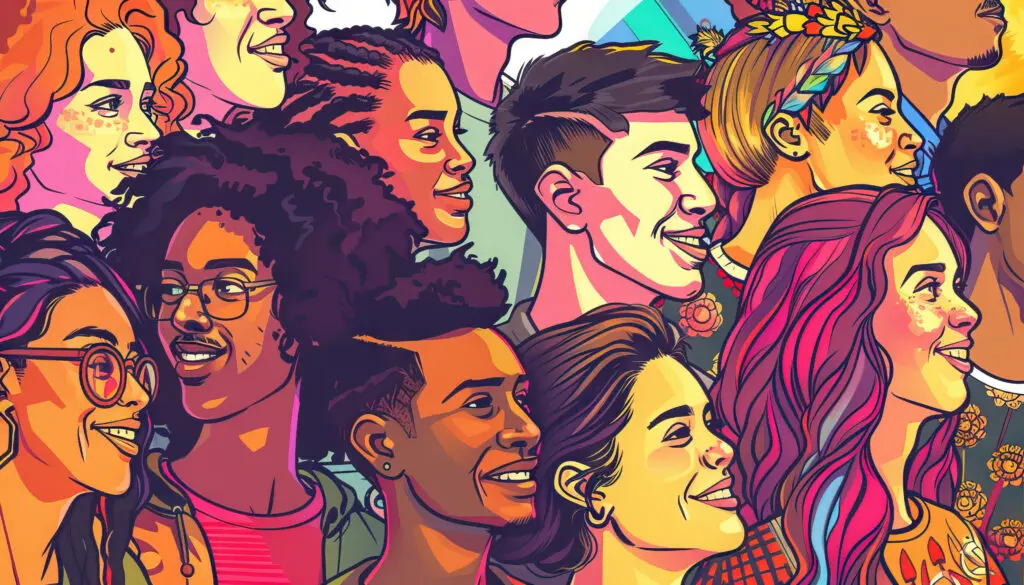
Summary: Most leaders over 40 are still figuring out if “ghosting” means disappearing from a project or ignoring emails and texts. In today’s new reality, Gen Z, born between 1997 and 2012, is speaking up to reshape the workforce. Leaders everywhere are feeling the generational whiplash.
Dear Dr. Sylvia,
I am the CEO of a company that has been in business for twenty-five years. Most importantly, I must understand Gen Z and how they reshape the workforce. For example, they ask different questions and will challenge if they dont agree. In the past, there was greater compliance with what the boss expected. My capacity to accept change was easy for me until now. However, I feel helpless as I attempt to understand what drives the younger generation to reshape the workforce.
Here are my questions about Gen Z:
“Why won’t they stay in one job longer than six months?
“How do they speak so openly about mental health but remain silent in meetings?”
“What makes them care more about purpose than promotions?”
Sometimes, even though I am only in my early 50s, I feel too old to know what to do.
Advice, please.
Signed,
Need to Know
Find Generational Alignment to Reshape the Workforce, To Win
Dear Need to Know,
Everyone in leadership positions asks the same question: “How do I engage the Gen Z crew so we can work more closely?
But here’s the better question:
“What patterns are YOU bringing into this generational shift—and are they helping or hurting your leadership?”
Why Generational Friction Feels So Personal
Let me introduce a big idea from my work: Your first organization, the family, is alive and well at your workplace.
If you were raised to “not question authority,” Gen Z’s directness can feel threatening.
In addition, if you were rewarded for “suffering in silence,” their emphasis on work-life balance may feel like laziness.
Finally, if you’ve been running on autopilot for decades, their insistence on meaningful work can sound like noise.
But here’s the wake-up call: They’re not being difficult. They’re being different.
If you continue to react to that difference as a threat instead of a signal, you’ll miss a generation’s opportunity.
Each Generation Reshapes the Workforce. Here’s The Gen Z Perspective (and Why It Matters)
This isn’t a coddled, clueless group. These are the digital natives who grew up through:
Rising Living Costs
COVID lockdowns
Climate anxiety
School shootings
Social media’s double-edged sword
They don’t just want a paycheck.
They want to know:
“Am I safe here? Am I seen here? Do I matter here?”
In my coaching sessions, I’ve heard Gen Zers say:
“I’m not going to sell my soul for a salary.”
“If I can’t be myself at work, I’m out.”
“I don’t need to stay if I’m not respected.”
Translation: They won’t tolerate the unspoken power dynamics older generations swallowed for decades.
The Pattern Clash at Work: Time to Reshape the Workforce
Let’s look at what’s really happening through the lens of behavioral patterns:
The Super Achiever Leader wants productivity, speed, and loyalty.
The Drama Queen/King Gen Z team member craves authenticity, emotional expression, and purpose.
BOOM. Clash.
Or:
The Persecutor/Bully Boss values control and hierarchy.
The Rebel Gen Z refuses to follow outdated rules without explanation.
Another BOOM.
This isn’t just about attitudes. These are rooted patterns, often formed in childhood, playing out under fluorescent lighting and Slack channels.
You can’t lead Gen Z with outdated scripts and expect them to act like it’s 1985.
What Gen Z Responds To
Here’s what works:
Radical Transparency
No smoke. No mirrors. They’ve had enough of false promises and empty mission statements.
Want their trust? Be real, even when it’s messy.
For example, say: “I don’t have all the answers, but I want to hear your ideas.” That’s gold.
Safe Spaces to Speak Up
All the following reshape the workforce:
Psychological safety: Not a buzzword. It’s the currency of retention.
If they are shamed or dismissed once, they will either shut down or shut the door behind them on their way out.
Active listening: Stop interrupting. Start listening. Create “no repercussions” brainstorming zones.
Mentorship, Not Management
They don’t need a boss. They need a guide, a coach, a trusted elder who doesn’t pretend to know it all.
In short, ask: “What skill or insight do you wish to learn here?” Then help them get it.
The Flip Side: What Gen Z Needs to Learn
Let’s not pretend they’re perfect either.
Gen Z has its own patterns, often shaped by helicopter parenting, screen-time overload, and real-time feedback loops.
Many are:
- Easily overwhelmed
- Unaccustomed to delayed gratification
- Prone to self-doubt masked as swagger
That’s where YOU come in.
Your job is not to criticize their inexperience—it’s to model resilience, responsibility, and healthy boundaries.
Just don’t do it from a pedestal.
What’s Next: Building a Bridge Instead of a Wall
It’s not “us vs. them.”
It’s us with them, creating something better than either generation could alone.
Leaders who evolve their pattern responses will:
- Retain top young talent
- Build cross-generational trust
- Future-proof their culture
Leaders who don’t?
Well… let’s say Gen Z won’t stick around to explain why.
Let Them Shake You (In a Good Way)
In conclusion, if you feel uncomfortable around this new generation, that’s good.
Growth lives in discomfort.
And maybe, just maybe, they’re here to help you unlearn some of your old patterns, too.
To your success,
Sylvia Lafair
PS. Want a free copy of the introduction to my new book in process, Complete It Or Repeat It? Please send an email to sylvia@ceoptions.com, and it’s yours.


